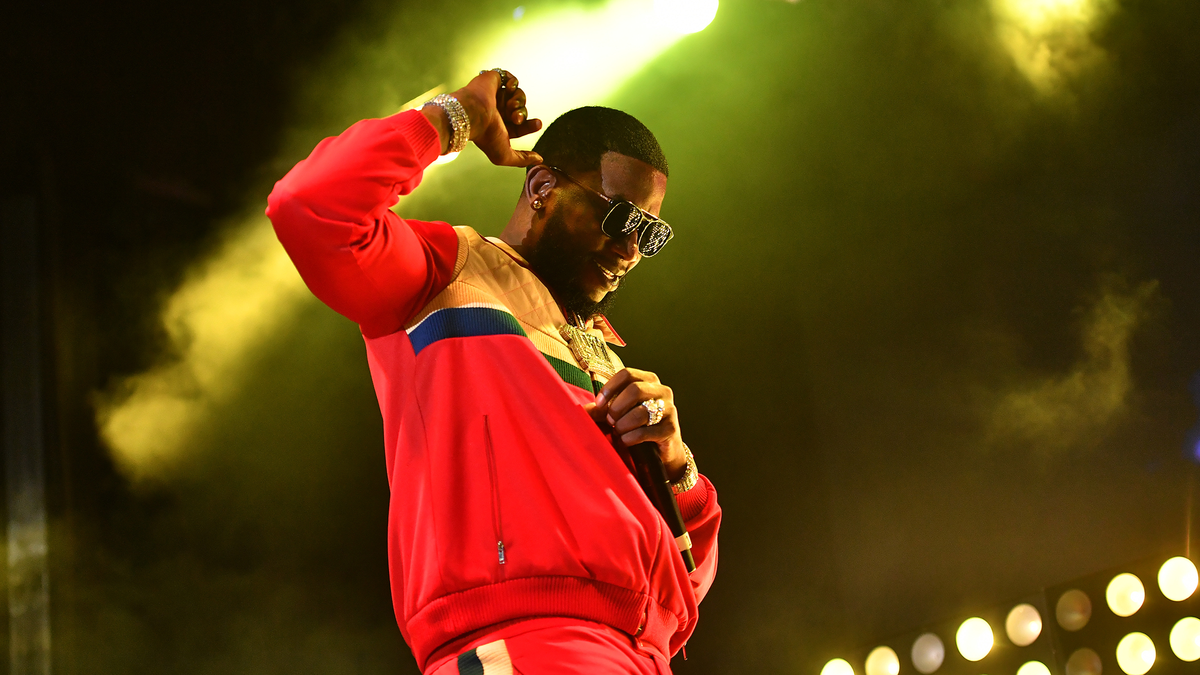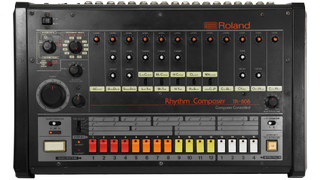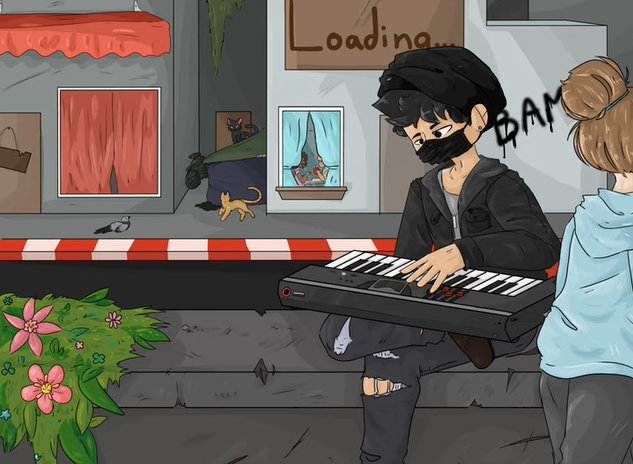All genres are evolving; some more than others. Ten years ago, the dominant view of the trap was that it was an offshoot of the all-new GED phenomenon sweeping the United States.
Ten years before? A privileged few of the Deep South hip-hop scene might have understood slang, if they didn’t necessarily consider it a genre.
Now? It is a mainstay of pop music as much as a production style or a music scene. Let’s dive back into history and explain why genres are not always easy to pin down.
To understand trap in its original hip-hop context, you must first consider the word itself. Hailing from Atlanta, Georgia, “trap” is a loosely defined slang term that means a place where drugs are sold.
The related concepts of traps and “entrapment” – that is, dealing drugs – became a common subject for a wave of southern rappers in the 90s. In its first incarnation, trap music was simply referencing to southern rap tracks with lyrics that covered drug-related topics.
Drug references in hip-hop go back a long way, notably thanks to Grandmaster Flash & Miss Mel’s 1983 hit White Lines (Don’t Don’t Do It), but there is a fatalism and nihilism in it. the southern trap that sets it apart from the confrontational but often glorifying approaches to drug trafficking you might find elsewhere.
Take Pocket Full Of Stones from Texan rap duo UGK in 1992, and you’ll get a feel for how Southern rappers have told stories of drug trafficking: “Live smooth like aloe vera lotion / I sell crack rock, the devil’s love potion … “
This precursor to the trap was not really considered to be part of a genre in its own right at the time, but in retrospect we can see how these “trap rappers” merged drug references with contemporary styles of production. Southern hip-hop, renowned for its sparse, usually 808-based instrumentation and a woozy feel, with halftime beats that somehow simultaneously felt slower and faster than the typical 90-110bpm you would have found in most East Coast and West Coast raps at the time.
In the early 2000s, trap could certainly be considered a major trend in southern hip-hop and on the verge of becoming a separate genre.
By the time of the crossover success of Atlanta rappers like TI, Young Jeezy, and Gucci Mane in the early 2000s, the sound of trap became mainstream in hip-hop, with 808 kicks granted, snare rolls and hi-hat triplets to be found everywhere. rap music.
When it comes to consolidation into a recognized genre, TI claims credit for coining the term with their 2003 album Trap Muzik.
Then, in the early 2010s, things got a little confusing. The tropes of Trap production have mingled with the emerging US commercial EDM scene, with producers such as TNGHT and Baauer landing on a new EDM subgenre that was (somewhat unnecessarily) also referred to as just Trap, giving us two moves. quite different with the same Name.
Fast forward to today, and you could argue that the EDM version of the trap helped the rap version to become even more influential. Some of the biggest names in hip-hop production (Lex Luger, Metro Boomin, Mike Will Made It) work heavily in the trap style, while his crossover success has moved beyond trap rappers like Future, Lil Baby and 21 Savage have a slightly jarring idea of pop and R&B songs built heavily on the trap aesthetic.
Think Rihanna’s Pour It Up, Ariana Grande’s Sweetener album, or Lil Nas’s country-trap hit X Old Town Road and you can argue that trap hasn’t just been the dominant sound of rap in the world. over the past decade, but also one of the most significant influences on pop music as a whole.
Three classic techniques for producing traps
808 bass drum
Key to the sparse but powerful aesthetic of trap production is the heavy use of the Roland TR-808 drum sounds, typically used as samples in most cases rather than being programmed and played directly on the drumbox. original analog rhythms itself.
Using a long decay 808 kick as a melodic bass note is almost as old as the 808 itself. The 808 kick’s distinct pitch and tone (or a synthesized / processed equivalent) means you can turn it up and down and use it to play a bassline. There are thousands of trap sample packs out there, so search online and take your pick, load it into the sampler of your choice and use it as a low end base for your trail.
Half-time tempo
The tempo and feel of trap productions has always revolved heavily around the “halftime” effect, whereby it’s almost hard to tell if the track is at, say, 70 bpm or 140 bpm. Some elements, such as kick drum and bassline, play more sparse patterns, while more loaded elements (percussion, rap vocals) appear faster.
The result, just like with other heavy half-time genres like dubstep or drum & bass, is slightly confusing. Experiment with different combinations of slow and fast to give your productions that classic trap feel.
hi-hat rolls
One of the defining characteristics of trap beats is the use of fast hi-hat rolls, sometimes with a triplet feel. Again, you can take hi-hat loops from sample packs, but programming your own is more creative.
A closed 808 hat sample is a good starting point sonically. The trick is not only to experiment with triplet timing and heavy swing, but also to zoom in on the grid and program hat patterns faster than typical 1/16 notes.
Back then, trap producers would set their drum machines or sequencers to double the track’s tempo, to give more precise timing when programming patterns, but nowadays most DAWs or hardware sequencers allow you to program easily with quick timing.





